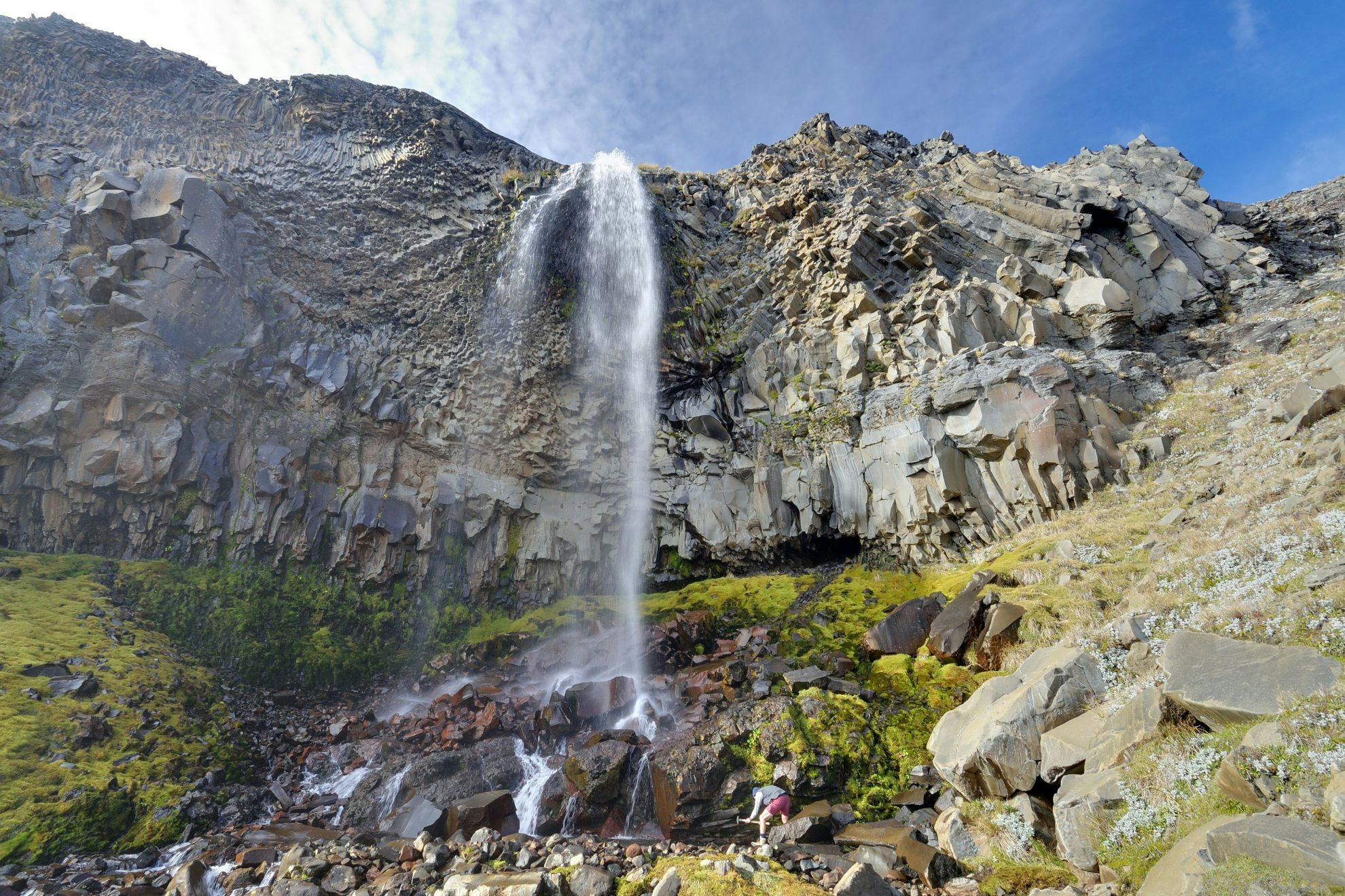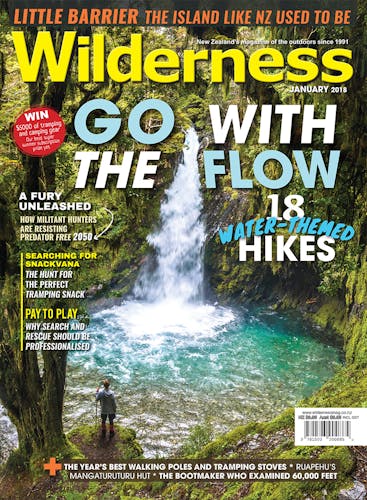Striking rock formations found on the Round the Mountain Track on Mt Ruapehu were created when lava erupted onto extensive glaciers on the volcano during the last ice age, according to new research.
Dr Chris Conway completed the research as part of a PhD, co-supervised by Victoria University and GNS Science.
When lava flows onto a glacier it chills rapidly, but when the ice retreats with changes in climate, it reveals the lava, frozen in interesting formations. Conway spent three summers exploring the mountain to find evidence of where the lava and ice interacted.
“The evidence was overwhelming,” he said. “We discovered thick lava flows, up to 80m high, with glassy, fractured surfaces on numerous ridges located next to deep valleys.”
When the lava cools quickly against the ice it produces a glassy texture and causes the lava flows to contract and crack open, creating hexagonal columns of rock on the sides of the cooled lava flows.
Examples of these incredible formations can be seen on the Round the Mountain Track on the western flank of Ruapehu, between Whakapapa and Turoa ski fields.
“I have one piece of advice for budding volcanologists: hike the Round the Mountain Track in the summer and search for the clues of the volcano’s icy history for yourself,” Conway said.
The formations have been used to compile a record of former glaciers on Ruapehu, which found large glaciers covered the summit and filled valleys between 15,000 and 50,000 years ago.
Three sites to see these striking rock formations:
1. Walking southwest along the Round the Mountain Track from Bruce Road, head south/southeast on the western ridge that bounds the broad Whakapapaiti Stream valley to reach this site – a 1hr detour from the Track. This lava flow chilled against the side of a glacier, resulting in the glassy nature of the flow that catches the light. The long, wavy columns are a result of the fractures that formed when the lava cooled and contracted.
2. Heading east from the Round the Mountain Track, this waterfall and jointed lava flow can be found. Again, these fanning columns were formed when the lava was chilled against ice and meltwater. There are many bluffs in this area formed by lava-ice interaction, so be careful to choose a good route.
3. Heading north along the RTM Track from Ohakune Mountain Road, and continuing northeast (instead of west towards Mangaturuturu Hut), there is is a 20 m-high bluff of glassy lava with fanning columns.








